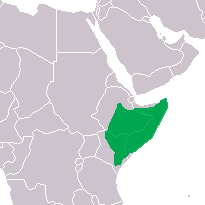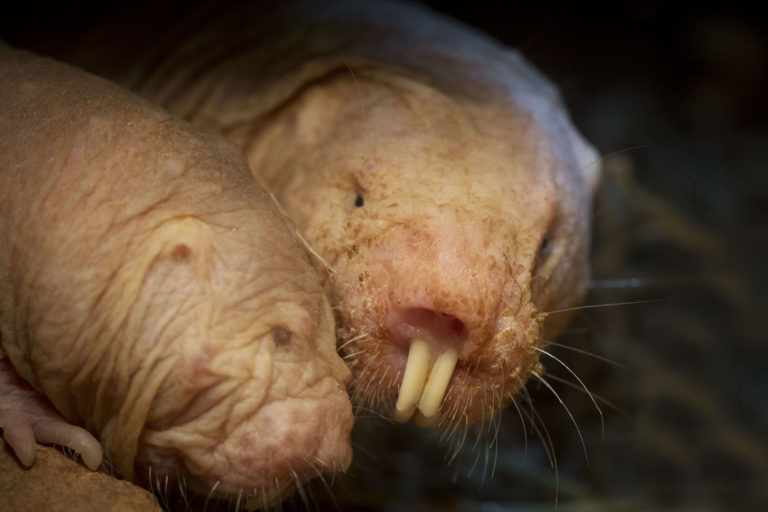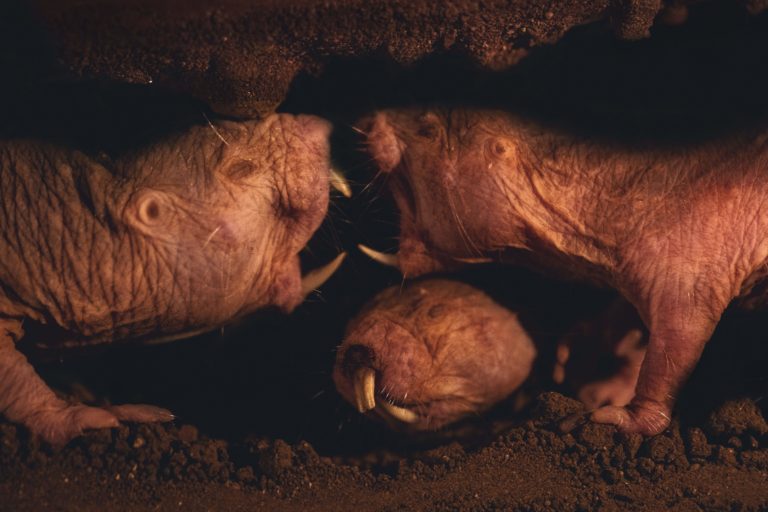

Death is temporary - the resurrection of the naked mole rat
24 April 2017
Imagine putting 100 mice in a shoebox, taping the box shut and burying it a metre underground. The result should be obvious – 100 dead mice. In fact, if any animal is deprived of oxygen for too long the result is fatal – any animal except one, that is.
When the naked mole-rat is completely deprived of oxygen, it stops breathing, its heart rate drops and it subsequently dies. However, its death is temporary and if within a certain time it is given oxygen again, it comes back to life.
While it is incredible that these tiny mammals from East Africa can survive chronic oxygen deprivation in the underground environments in which they live, the fact that they are able to bring themselves back to life is almost unbelievable.
*Prof Nigel Bennett and Dr Heike Lutermann, of the University of Pretoria's Department of Zoology and Entomology, are involved in an exciting study on this topic that has been featured in Science. Visiting researcher and another lead investigator in the study, Prof Thom Park of the University of Illinois in the USA, says: 'This was a challenge so big that it took three labs on three continents to solve it.' Prof Gary Lewin of the Max Delbrück Centre for Molecular Medicine at the University of Berlin, Germany, was the other lead investigator in the study.
While this discovery is going to necessitate rewriting the world's zoological textbooks, it also brings exciting prospects to the realm of human health. Understanding how one mammal is able to survive without oxygen could lead to human lives being saved in times of crisis, such as when someone is in a car accident or suffers a stroke or a heart attack.
While naked mole-rats are adapted to the high levels of carbon dioxide in their underground clay castles, this study observed the results when mole rats had no access to oxygen at all. During these periods, the naked mole-rat reduces its heart rate to the extent that it almost appears to have stopped. It keeps it pumping just enough to circulate blood. The scientists are not yet fully certain how these animals manage to reduce their heart rate to such an extent.
Oxygen deprivation is inevitable when more than 70 naked mole-rats live together underground in an area not much bigger than a rugby ball. Prof Park explains that generally oxygen does not diffuse very well through soil, particularly the clay soil in which naked mole-rats live. With so many individuals living in a confined space, oxygen is very quickly depleted and far too much carbon dioxide is produced. Describing the environment as hostile, Prof Bennett adds that the humidity in these conditions is nearly 100%. Roots of plants also produce carbon dioxide. Yet naked mole rats survive these hypoxic conditions without any long-term damage.
Through this international collaboration, the researchers discovered that when the naked mole-rat is deprived of oxygen, it uses internal pathways to survive that no other mammal uses. It alters its metabolic systems to function more like a plant than an animal, releasing fructose into the blood, which is then taken to the brain. Its brain contains cells that can utilise fructose, enabling cellular functions to continue. Aerobic energy production stops and the animal operates on anaerobic systems, relying on fructose for energy instead of glucose. Once oxygen is restored, they switch back to their usual pathways.
If scientists can understand the biochemistry of the naked mole-rat and unlock the mechanisms that switch the pathways during oxygen deprivation, increasing and activating the number of brain cells that are able to utilise fructose, they might be able to apply this knowledge to humans, improving our chance of survival in extreme situations.
The naked mole-rat is fascinating and defies most characteristics of a mammal. These hardy little animals have been recorded to live for over 30 years and studies suggest they are immune to cancer. They are also the only cold-blooded mammal. Their social structures give scientists much to grapple with, resembling social insects like bees rather than mammals.
These researchers are now planning to conduct a comparative study between social and solitary species to find out if these traits are common to all subterranean mole-rats.
In a world where trees are being chopped down to make space for development and with ever-increasing levels of carbon dioxide in the atmosphere, we may all soon be living in a hypoxic environment. Naked mole-rats might very well be the key to our survival.
Prof Bennett concludes: 'If this tiny animal is able to live for over 30 years with very little oxygen, imagine if we understood these pathways and applied them to humans…'
* Prof Nigel Bennett holds the Austin Roberts Chair of African Mammalogy and the SARChI Chair of Mammalian Behavioural Ecology and Physiology.





